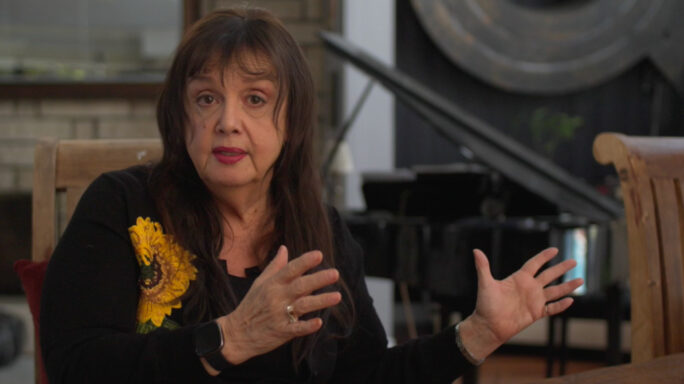Season 1: Finding and keeping great people
How to bring your people and culture to life

Retention. This word has become overused in business today. And responsibility for it so often falls on the shoulders of HR or management. Yet it’s really a collective and dynamic effort. When reframed and put front and center, it can help both your people and your company thrive.
What do I know?
I’ve been in the creative industry for nearly 20 years now, half of which I’ve spent solely focused on culture and the well-being of people. I’ve created new roles for myself designed around my passion: helping people come alive. Having experienced the ups and downs of many “retention” efforts, my aim here is to help shed some light on an aspect of work that could use more love and understanding.
Keeping people is an outcome
Retention is an outcome. You may think the goal is getting employees to stay as long as possible, but I’d argue that you’re dangerously oversimplifying. It’s actually pretty complex.
What you really want is fully engaged people who enjoy their work, feel inspired by the company and management (whether that’s an executive team or you as a small business owner), trust they’ll be treated with respect, and have healthy bonds with colleagues. These are the people who come alive and not only stay, but produce high-quality work. So, how do you do that? With three basic principles:
1. Do things on purpose
Before doing anything people-related, understand the true intention behind what you want to do or say. What is the most authentic, impactful way to honor that purpose? How does it fit into a bigger philosophy or program? This applies to micro actions—greeting a new person on their first day—and to macro systems—how it fits into your overall onboarding experience.
People are allergic to box-ticking and empty gestures. Acting inauthentically or thoughtlessly diminishes trust and is a blow to morale (not to mention, it can be a waste of money!). Doing things with purpose builds respect and a sense of meaning that everyone can rally behind.
2. Start with what (and who!) you have
Putting concerted energy into your culture is a worthy investment, but it doesn’t need to cost a fortune. Before you bring in outside resources, first take a closer look around you. You may be surprised at the untapped riches right in front of you.
How are you fully involving your employees? People want to contribute. They want to feel like they’re a part of something. Get them involved. Ask them for ideas. Empower them to launch that community group or start that event series. Give them the time and means to do whatever that looks like, properly. For example, when hosting a new monthly affinity group meeting, make sure it’s blocked on calendars and provide snacks or even lunch. Small, meaningful gestures elevate experiences.
What about your business tools and platforms? Most of us use things like Teams or Slack daily for core team communication and broader company messages. These are also amazing resources for getting more personal with community channels. I was in a “Walks” group that got me out of the house every morning during the worst of a winter lockdown. Cost = zero. Reward = massive.
And what more could you get out of your office space (gulp, if you still have one!)? A tiny but impactful example is to encourage conversation with music playing in a central area. People can contribute to playlists or build on a theme (we used to kick off St. Patrick’s Day with The Cranberries then Van Morrison’s legendary Astral Weeks album. The commentary from colleagues was fantastic.)
3. Make it worthwhile
With everything you do, consider: is this accessible, enriching, and/or fun? Ideally, it should be at least two, if not all three. If it’s not, see what can be fine-tuned. Little details and a deliberate tone can draw people in. If someone has a full schedule already, asking them to come to a monthly all-staff meeting may feel like a drag. But if you entice them with fresh pie from a local bakery, and celebrate recent successes and the people who made it happen, they’ll probably be happy they came.
People need to feel they’re gaining something (whether it’s a new skill, a spark of inspiration, or simply a delicious treat) otherwise they’ll be much less likely to participate.
Ready, set, activate!
I hope these basic principles can help guide you as you fully engage, connect and inspire your people. And I hope they stick around for a while.





Leave a comment